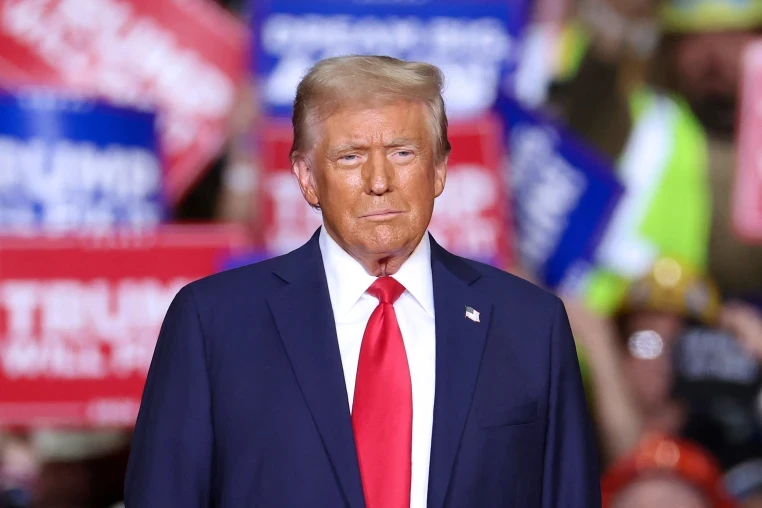
guest column:Andrew Pascoe
PRESIDENT Robert Mugabe’s notorious land reform in the early 2000s robbed thousands of Zimbabwean farmers of their land, and of their livelihoods. What was presented as an attempt to right the wrongs of colonialisation, turned into a politicised, corrupt land grab.
It has taken 20 years for the injustices and illegalities to be recognised.
On July 29, 2020, Zimbabwe finally made the headlines for the right reasons. The government, led by President Emmerson Mnangagwa, and the white farmers, represented by the Commercial Farmers Union (CFU), signed a compensation deal worth $3,5 billion, described by President Mnangagwa as a “new beginning of the land discourse in Zimbabwe”.
The deal has set many a tongue wagging. It is thus crucial to lay all the facts on the table. Most importantly perhaps is the democratic nature of this agreement. The CFU conducted a referendum of its members, 60% of whom today live outside Zimbabwe.
Out of 2 896 votes on the day, there were 2 759 “Yes” votes, and only 137 “No” votes. Votes have continued to trickle in since the cutoff, and as of August 13, 95% of the 3 191 votes were cast in favour.
The agreement itself is a result of long and tough negotiations, based on the Zimbabwean Constitution which provides for the payment of compensation for improvements on “compulsorily acquired agricultural land”.
A database was thus created, known as the “Valcon Database” which has 4 730 farms registered, representing almost 90% of all farms affected by Mugabe’s Fast Track Land Reform Programme. The database calculated the value of all registered farms in order to arrive at a fair figure of compensation.
- Chamisa under fire over US$120K donation
- Mavhunga puts DeMbare into Chibuku quarterfinals
- Pension funds bet on Cabora Bassa oilfields
- Councils defy govt fire tender directive
Keep Reading
In this case, the valuation of permanent improvements was carried out in accordance with the requirements of the Zimbabwe Land Acquisition Act. As per the Constitution, the land value was to be excluded, and in accordance with International Valuation Standards, the Depreciated Replacement Cost (DRC) method was used to establish the value of improvements.
None of this was done unilaterally. The replacement costs per unit were agreed with government after consultations with reputable contractors, which took over a year.
The figure of US$5,2 billion was established as being the collective valuation of improvements to the farms as a whole.
Considering Zimbabwe’s economic difficulties, this figure was considered to be unaffordable, and after lengthy negotiation, the government offered a figure of US$3,5 billion, which was put to farmers for their consideration.
In light of the economic climate, it was clear that the payment would not be in one lump sum.
The key was to find a payment schedule that provided swift relief to farmers, many of whom have waited two decades for compensation, while not further increasing the country’s debt burden. The terms of the deal, a 50% down-payment within one year of signing, with the balance to be paid over the next four years, represent a fair compromise.
In addition, the government has committed to pay the full sum within 12 months if funds are successfully mobilised within that time.
There are of course those that criticise the agreement. For some, the compensation figure and the payment schedule are not what they hoped for. For others, the very concept of an agreement based on improvements to the land, and not its value, is a non-starter.
Yet we urge those around the world to listen to the voice of those directly affected by the issue, who almost unanimously voted in favour.
We are not blind to the limitations, but we recognise that for the first time in two decades, there is a Zimbabwean government prepared to recognise our plight, to treat us with respect and dignity and to compensate us for our suffering. We have put this matter behind us, and call on others to do the same.
We hope that the dialogue and willingness to compromise reflected in this agreement represents the beginning of a new era in relations between Zimbabweans of different races and backgrounds, and between Zimbabwe and the nations of the world.
While the agreement is not perfect, as those who have lived this struggle for two decades, we resolved to move forward, and to not let the perfect be the enemy of the good.











